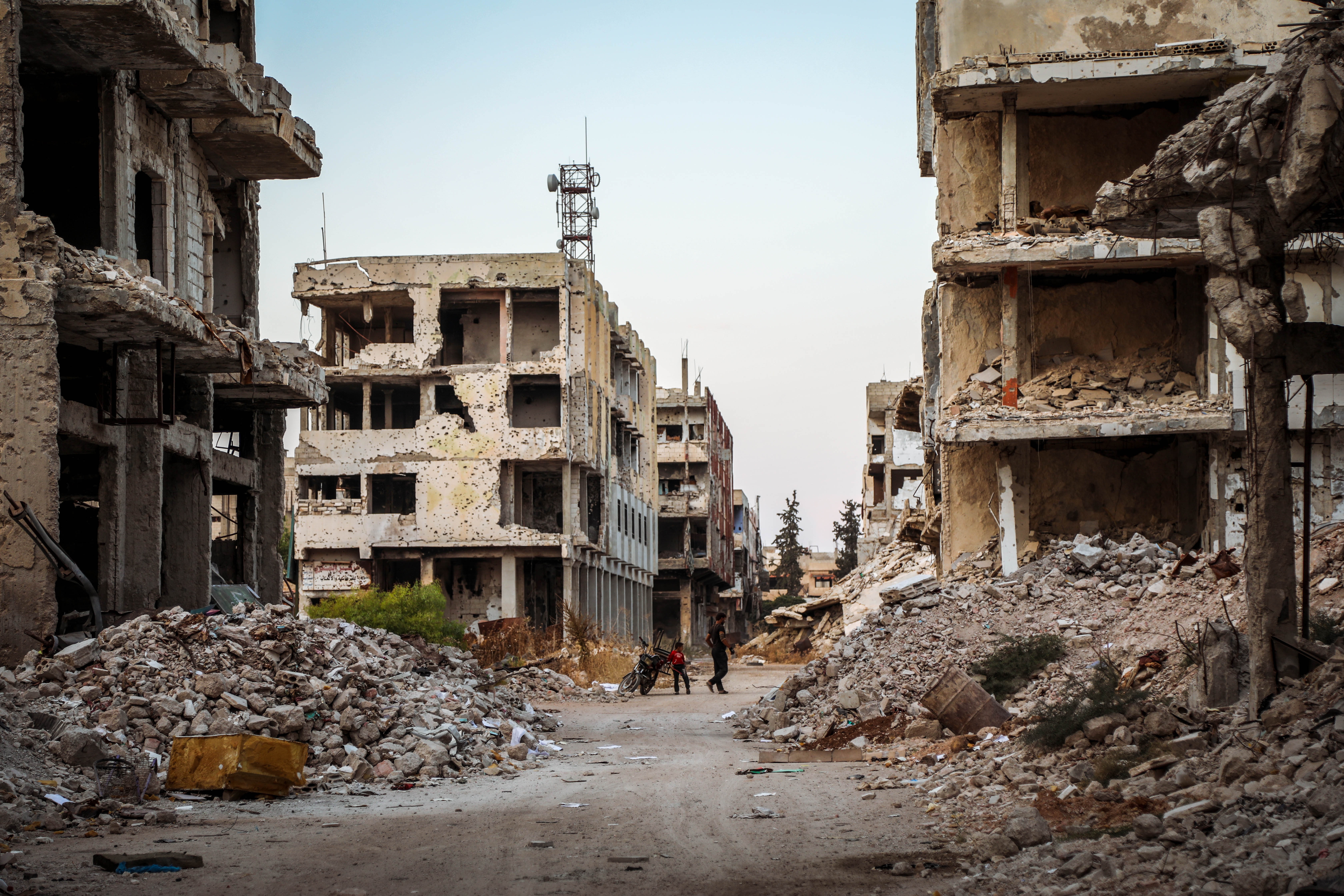Feed the Future and Conflict Integration: A Toolkit for Programming
As conflict is the largest driver of global food insecurity, this toolkit strives to ensure that all Feed the Future Initiatives integrate conflict sensitivity.
Image

This toolkit is a groundbreaking effort to ensure that all investments under the United States Government’s Global Food Security Strategy integrate conflict. The better we understand the connections between conflict and food systems, the better we can meet the goals of the Feed the Future Initiative while also contributing to a more peaceful world. Fragility, conflict, and violence can easily undermine progress under Feed the Future, but there are steps we can take to mitigate these dynamics and capitalize on opportunities for peace throughout our programming.
The fight against global food insecurity is facing powerful headwinds. While the stresses on the food system are numerous, this toolkit focuses its attention on conflict. Why? Because conflict remains the largest single driver of global food insecurity worldwide. The metrics were alarming even before Russia’s invasion of Ukraine disrupted global supply chains and raised apprehension about impending crisis. Conflict was responsible for roughly 72 percent of acute food insecurity worldwide in 2021. And as many as 60 percent of the world’s 828 million hungry live in regions subject to war and violence. Conflict-affected areas are the frontlines in the global fight against hunger, and addressing food insecurity increasingly means addressing conflict, violence, and fragility.




